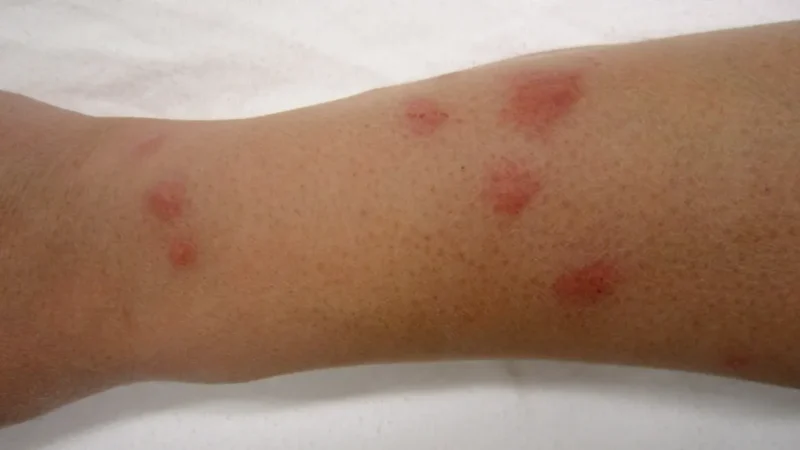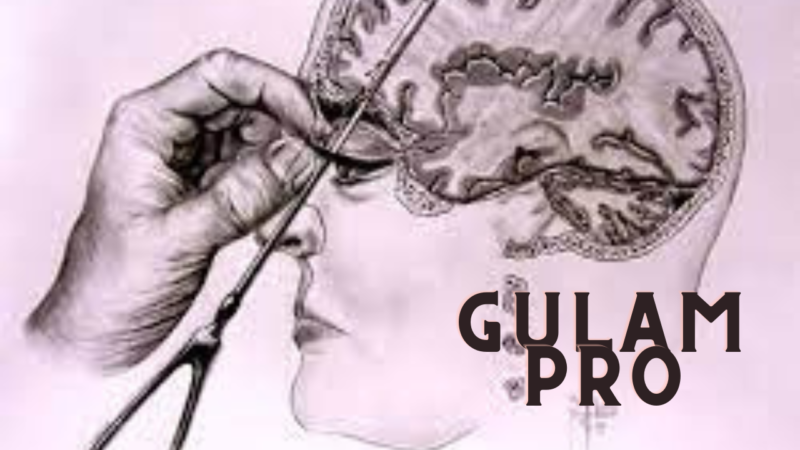Mewing: The Buzz on Tongue Placement and Facial Reshaping

The internet loves a fad, and lately, one has taken the world by storm – mewing. Coined after Dr. John Mew, a controversial orthodontist, it’s a technique promising facial restructuring through tongue placement. But what exactly is it, does it work, and what are the potential risks and benefits? Buckle up, cat aficionados and beauty enthusiasts alike, as we delve into the intriguing world of mewing.
What is Mewing?
Imagine resting your tongue on the roof of your mouth, pressing the broad surface against the palate and keeping it there. That’s mewing in a nutshell. Proponents claim this simple act, practiced consistently, can reshape your jawline, improve facial aesthetics, and even alleviate breathing problems. It’s essentially a DIY facial sculpting method based on the idea that our tongues, those powerful muscles tucked away in our mouths, play a crucial role in facial development and bone posture.
The Science Behind the Mew: Fact or Fiction?
The science around mewing is murky at best. While Dr. Mew and his son, Dr. Michael Mew, cite years of clinical experience and anecdotal evidence, their claims lack robust scientific backing. Studies on the impact of tongue position on facial development are limited and often focus on children and specific orthodontic conditions. More research is needed to establish a definitive link between mewing and the promised transformations.
However, some basic principles behind mewing align with established knowledge in orthodontics. Proper tongue placement is crucial for optimal oral health and development. Mouth breathing, a habit often linked to improper tongue posture, can lead to facial changes like narrow jaws and retrusive chins. Mewing, by promoting proper tongue placement and encouraging nasal breathing, may potentially offer some benefits in this regard.
The Allure of Mewing: Before You Start Swallowing Your Tongue
The internet is awash with before-and-after photos showcasing dramatic jawline improvements attributed to mewing. While the allure is undeniable, it’s important to approach these claims with a healthy dose of skepticism.
Here are some points to consider:
- Individual variations: Facial differences are largely due to genetics and bone structure. Mewing alone might not be able to drastically alter these inherent features.
- The long game: Mewing advocates often preach patience, claiming results can take months or even years. This makes it difficult to assess actual effectiveness, as subtle changes over long periods can be attributed to various factors.
- The placebo effect: The power of belief is real. Many users report feeling more confident and self-assured after mewing, which can influence their perception of facial changes.
Potential Risks and Side Effects
While mewing appears generally harmless for healthy adults, some potential risks exist:
- Muscle strain: Overexertion of tongue muscles, especially for people unaccustomed to the proper position, can lead to fatigue and discomfort.
- TMJ issues: Incorrect tongue placement, especially if forced, could exacerbate existing temporomandibular joint (TMJ) problems.
- Psychological dependence: Fixating on facial imperfections and obsessing over mewing can lead to unhealthy body image concerns and anxiety.
If you experience any pain, discomfort, or psychological distress while mewing, discontinue the practice and consult a medical professional.
Mewing vs. Traditional Orthodontics: Which Way to Go?
For individuals seeking significant jawline correction or addressing malocclusion issues, traditional orthodontics remains the gold standard. Braces and aligners, while requiring professional supervision and financial investment, have proven track records in safely and effectively reshaping teeth and jaws.
Mewing can be seen as a complementary practice, potentially promoting proper tongue posture and nasal breathing alongside orthodontic treatment. However, it should never be considered a substitute for professional orthodontic care.
The Bottom Line: A Mew of Caution
Mewing’s potential remains an intriguing, albeit scientifically ambiguous, avenue for facial self-improvement. While it might not be a magic bullet for dramatic jawline transformations, promoting proper tongue placement and nasal breathing can offer some general health benefits. Remember, approach it with realistic expectations, prioritize your well-being, and always consult a professional if needed.
So, is mewing the cat’s meow or just a furry folly? The answer, like most things in life, is probably somewhere in between. Embrace the exploration, but do so with caution and a healthy dose of skepticism. After all, a well-informed self-improvement journey is always the most rewarding one.
Let’s keep the conversation going! Share your thoughts and experiences with mewing in the comments below.
Additional Resources:
- WebMD: What Is Mewing?
- Healthline: Can Mewing Reshape Your Face?
- Verywell Health: What Is Mewing and Can It Reshape My Face?
Disclaimer: This article is for informational purposes only and should not be construedtunesharemore_vertadd_photo_alternatemicsend_spark






